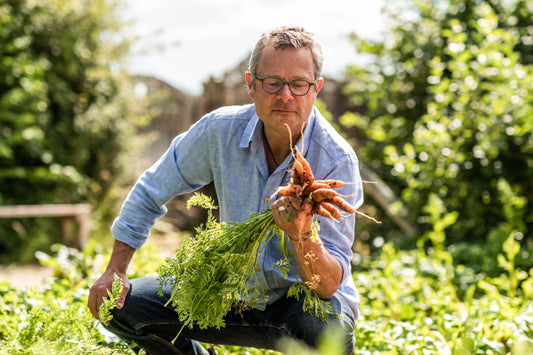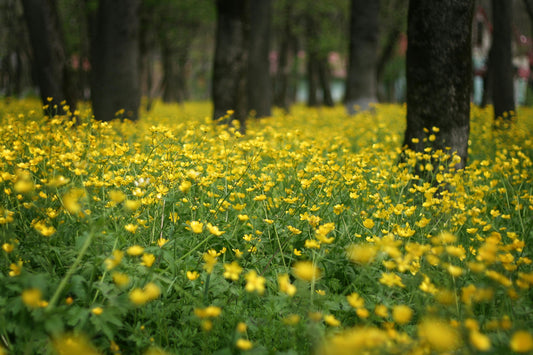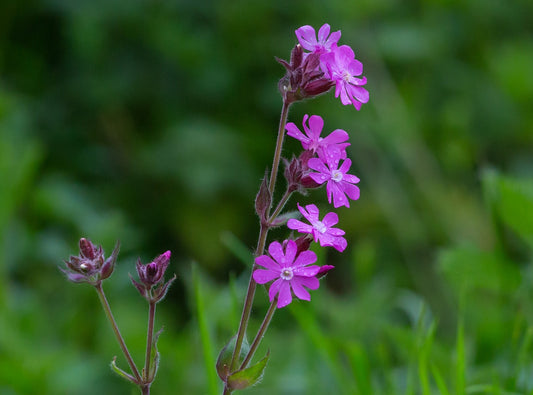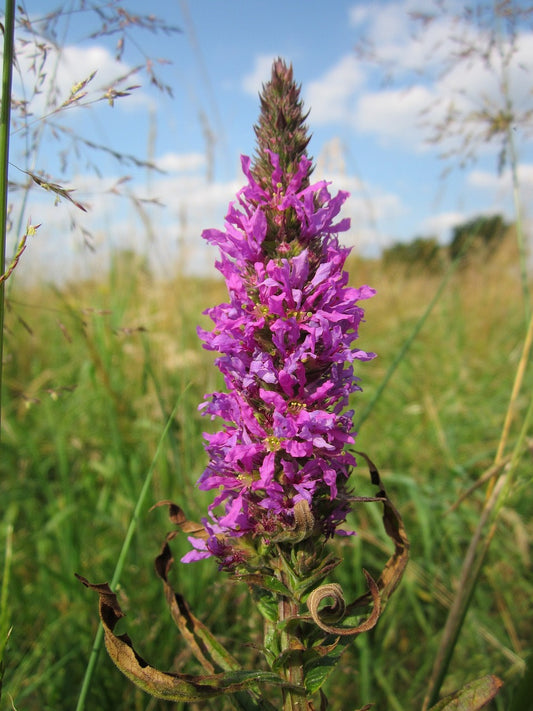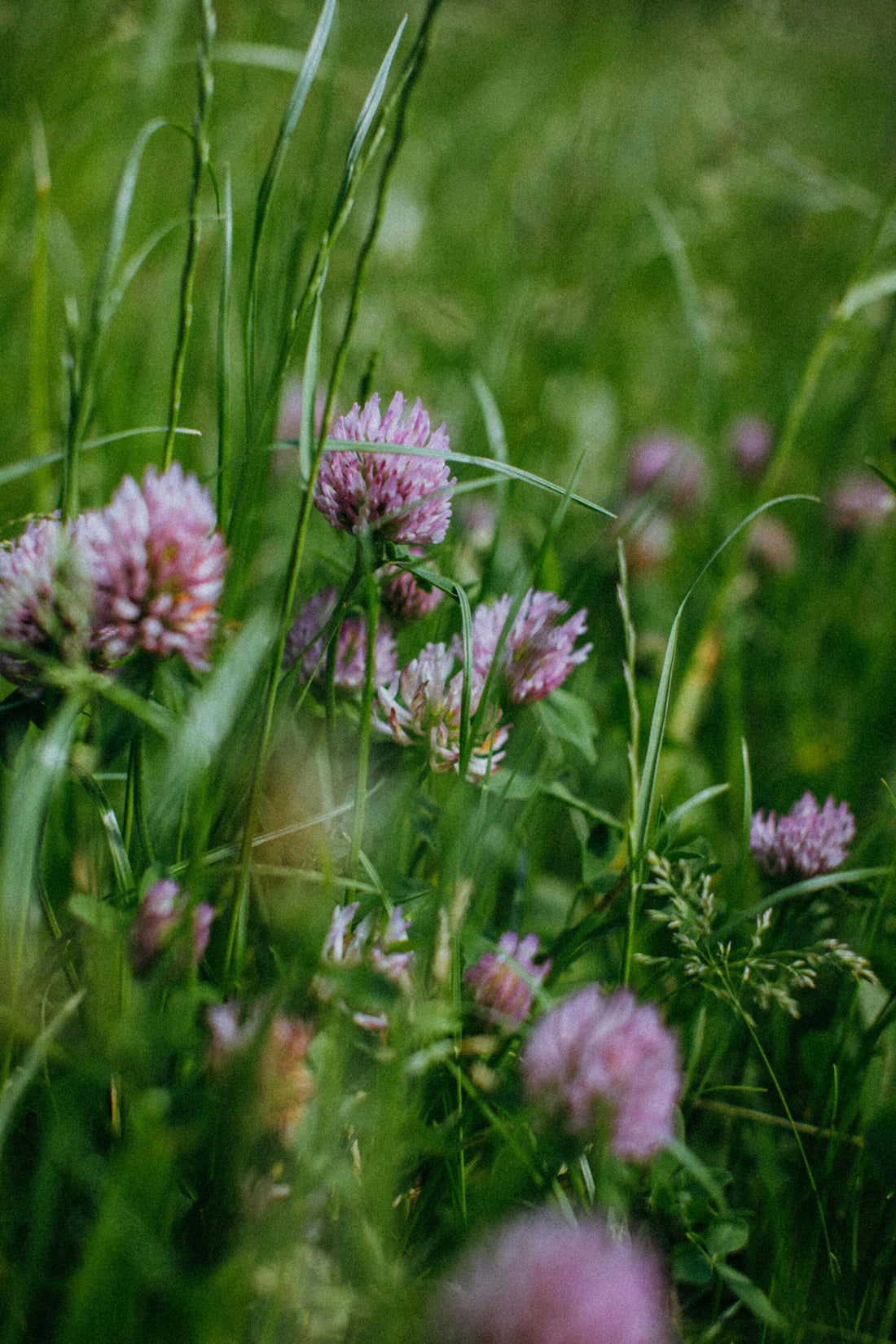
Essential Guide to Planting Red Clover for Soil Health and Forage
This guide provides detailed instructions on planting Red Clover, covering soil preparation, planting techniques, and care tips to ensure a healthy and vibrant crop.
Introduction to Red Clover
Red Clover (Trifolium pratense) is a versatile legume known for its vibrant pink flowers and numerous benefits. It’s valued not only as a forage crop but also for its ability to improve soil health and support pollinators.
Why Grow Red Clover?
Planting Red Clover offers multiple advantages:
- Soil Improvement: Enhances soil fertility through nitrogen fixation.
- Forage Value: Provides nutritious feed for livestock.
- Pollinator Support: Attracts bees and butterflies, boosting garden biodiversity.
Best Time to Plant Red Clover
Timing your planting is crucial for optimal growth:
- Spring Planting: Ideal after the last frost, from March to May.
- Autumn Planting: Late summer to early autumn can yield early spring growth.
Choosing the Right Location
Red Clover thrives under specific conditions. Consider these factors:
- Soil Type: Prefers well-drained, loamy soil with a neutral to slightly acidic pH (6.0 to 7.0).
- Sunlight: Enjoys full sun but can tolerate partial shade.
Preparing the Soil
Proper soil preparation ensures a successful planting:
- Weeding: Clear the area of weeds and debris.
- Soil Testing: Test soil pH and adjust if necessary; aim for a pH between 6.0 and 7.0.
- Soil Amendment: Incorporate compost or well-rotted manure to enrich the soil.
Sowing Red Clover Seeds
Planting Red Clover seeds involves a few key steps:
- Seed Bed Preparation: Till the soil to a fine seed bed.
- Seeding Rate: Sow seeds at a rate of 5-8 kg per hectare for a thick stand.
- Depth: Plant seeds 1-2 cm deep.
- Watering: Water lightly after sowing to aid germination.
Caring for Red Clover
Ongoing care will support healthy growth and maximise yield:
- Watering: Keep the soil consistently moist, particularly during dry spells.
- Fertilisation: Red Clover typically requires minimal fertilisation due to its nitrogen-fixing abilities. However, additional phosphorus or potassium may be needed based on soil tests.
- Weed Control: Regularly monitor for weeds and remove them to reduce competition.
Common Pests and Diseases
While Red Clover is generally hardy, be mindful of potential issues:
- Pests: Aphids and clover root weevils can be problematic. Use organic pest control methods as needed.
- Diseases: Watch for fungal diseases such as powdery mildew and rust. Ensure proper air circulation and avoid overwatering.
Harvesting Red Clover
Knowing when and how to harvest Red Clover is important for optimal use:
- Timing: Harvest when the clover is in full bloom for the highest nutritional value.
- Cutting: Use a scythe or mower to cut the clover, leaving a stubble height of about 5 cm.
Benefits of Red Clover in Crop Rotation
Incorporating Red Clover into your crop rotation system has several benefits:
- Soil Fertility: Improves soil structure and fertility for subsequent crops.
- Erosion Control: Helps prevent soil erosion with its dense root system.
- Pest Management: Disrupts pest and disease cycles through diversification.
Conclusion
Planting Red Clover is a great way to enhance soil health, support wildlife, and provide valuable forage. By following these guidelines, you can achieve a thriving crop and enjoy the numerous benefits Red Clover has to offer. Happy planting!
For more gardening advice and tips, stay tuned to our blog.

